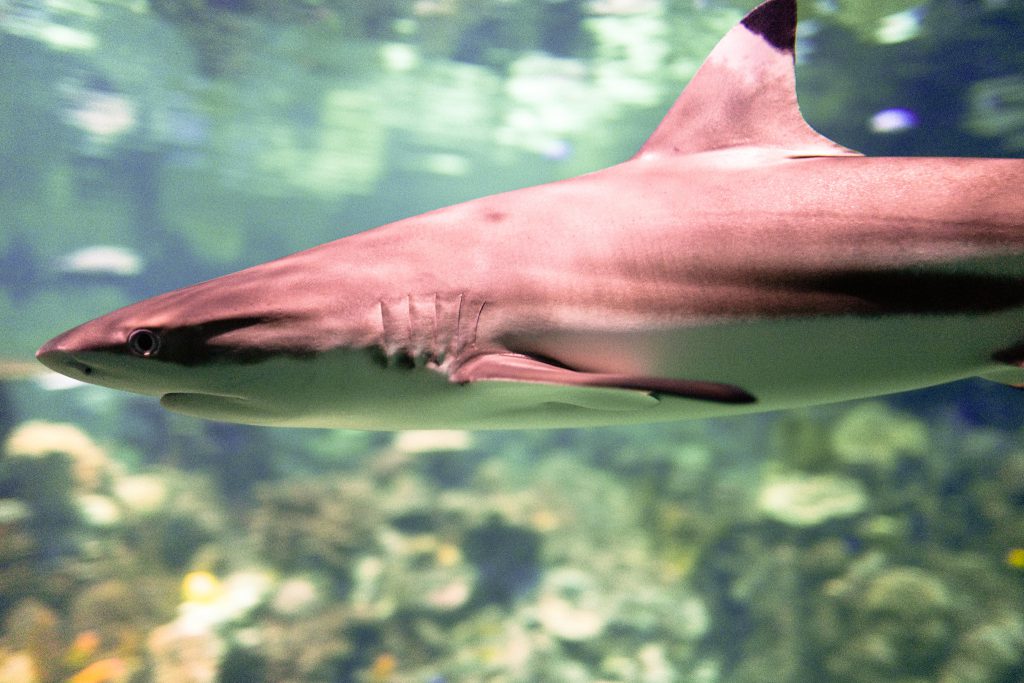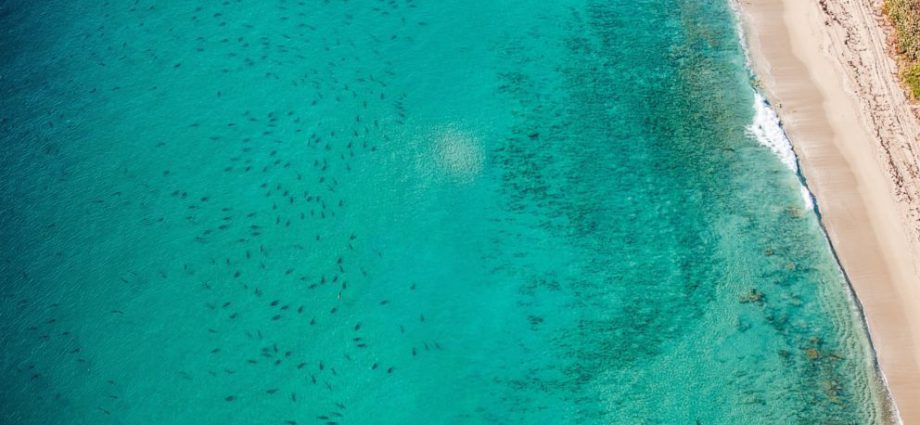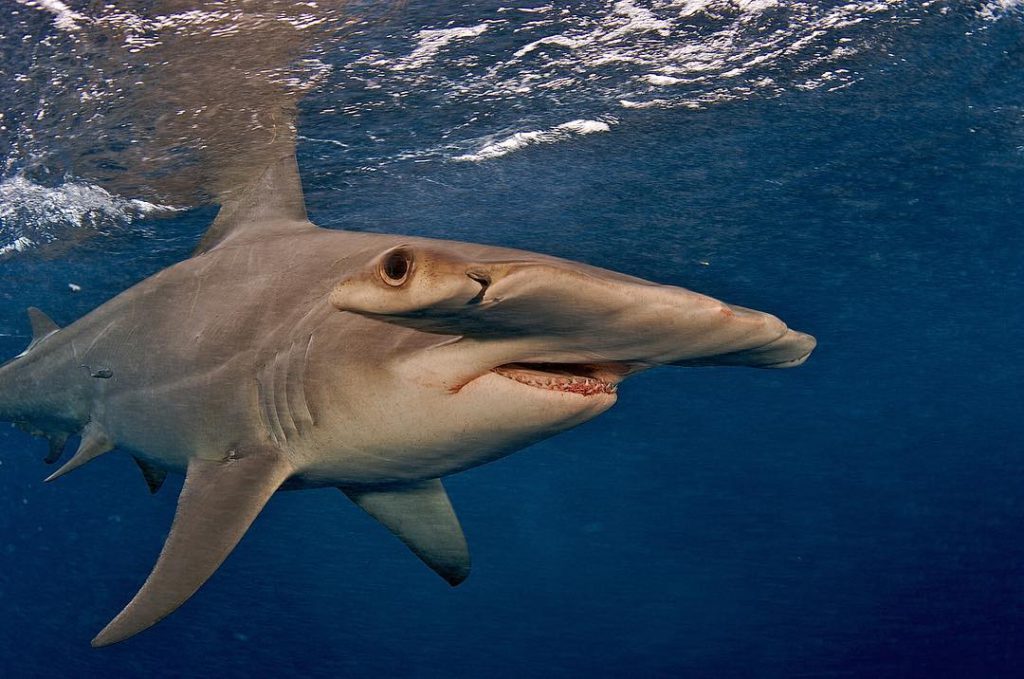BOCA RATON (USA)- How do you stay safe from big hammerhead sharks? You run into the shallows. Sounds so logical, but it was never proven before. Researchers of the Florida Atlantic University show with drone footage that adult Blacktip Sharks (Carcharhinus limbatus) along the coast of Southeastern Florida use shallow water adjacent to the beach when confronted with or chased by a predatory Great Hammerhead Shark (Sphyrna mokarran).
Several juvenile shark species use shallow water as nursery sites so their young can grow, reducing their risk of attacks from predators. However, prior to this study, there was no documentation that showed large adult sharks also swim in shallow waters to avoid predators. To the researchers knowledge, this is the first evidence of adult Blacktip Sharks using shallow waters as a refuge.
See video footage of a large hammerhead chasing Blacktip Sharks: jfb14342-sup-0001-videos1.

Unmanned aerial vehicles
The use of unmanned aerial vehicles (UAVs) enabled FAU scientists to unobtrusively observe and allow natural behaviors to be documented in the wild, providing insight into seldom-seen predator-prey interactions. Results of the study are published in the Journal Fish Biology.


